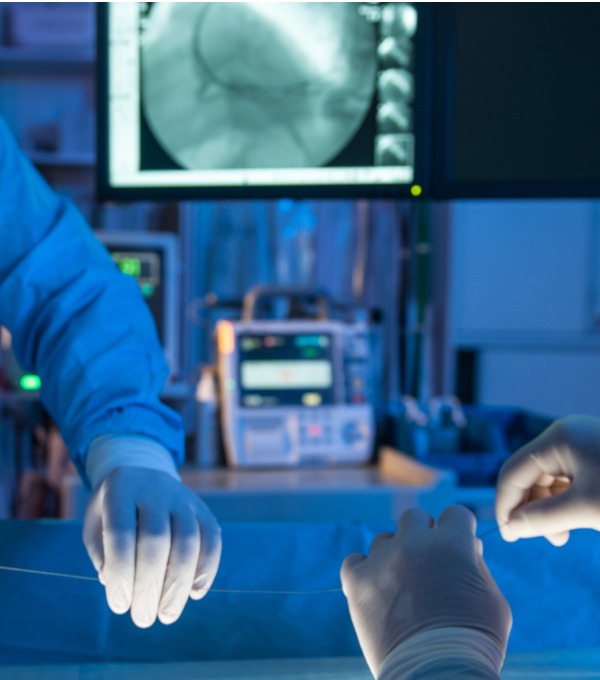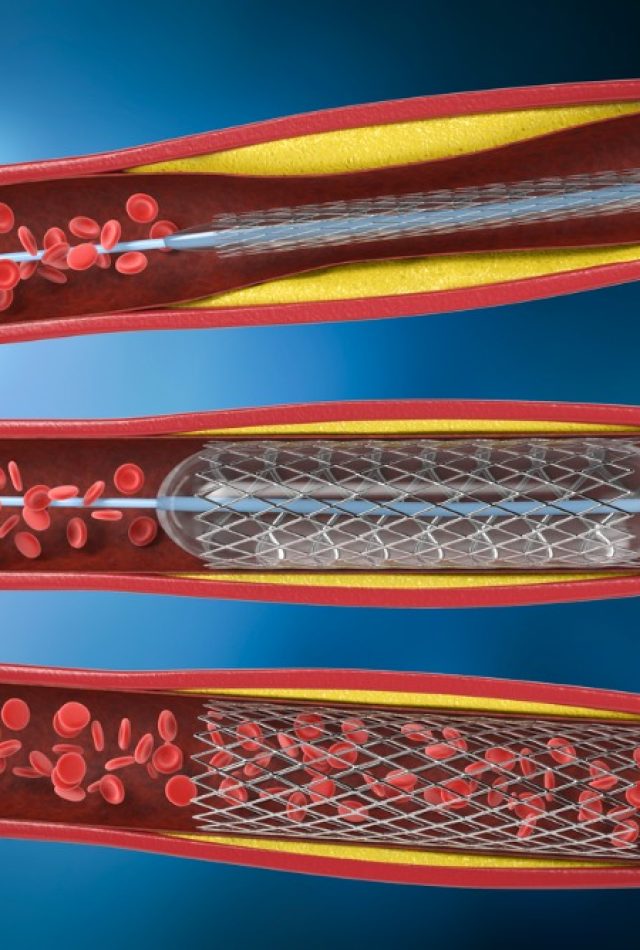Coronary Angioplasty with Stent
Definition: Coronary Angioplasty pronounced as an-jee-oh-plas-tee, is a non-invasive/surgical procedure done to open the narrowed or blocked arteries of the heart. This improves blood flow to the muscles of heart. Nowadays, the stent (small metal mesh tube) is placed inside an artery, during angioplasty procedure to avoid risk of narrowing/blockage of the artery.
Types of Stents:
- Drug-eluting stent or stent coated with medicine
- Bare-metal stent (no medicine coating)



